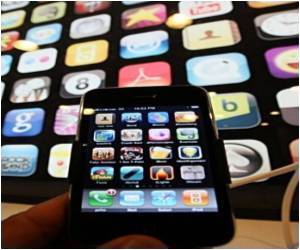Apps can never understand nuances of questions about progression and intensity, which are only possible with face-to-face interactions.
It is a known fact that in today’s world a Smartphone has become a part of an individual. The number of phones has exceeded the number of people living on earth. According to statistics, 80% of the people check their phones within 15 minutes of waking up. In America, a lack of mental health care professionals has led to many people depending on their mobile apps for exercises and diagnosis.
Psychiatrist Harish Shetty feels apps that help people to detect illness and access medical care can be certainly helpful. "Those that post questions to arrive at a person’s mental state have been around for years online and have only been replicated in mobile apps now," he adds. But there are issues. The first problem is that they fuel over-diagnosis, leading to an increase in mental health checkups. "The more theoretical problem is that nuances of questions cannot be understood without a face-to-face interaction," shares Shetty. "The next problem is progression and intensity, as the app only gives you a frame and not a process."
There are hundreds of apps to track, analyze, and improve physical health, and even some tools to diagnose them.
• Stop Panic and Anxiety Self Help:
This app helps one control panic attacks. It contains articles, audio files and even details relaxation techniques.
• Depression Test:
This application offers the PHQ-9 self-questionnaire to self test whether they might have major depression. It provides users with a severity score of their depressive symptoms.
• Worry Box:
Have you ever wished you could put all your worries in a box and walk away? The Worry Box is an app that functions like a journal: You can write down your thoughts, anxieties, and worries. It asks questions, gives specific anxiety-reducing solutions, and can direct you to seek the right help.
• BellyBio:
A free app that teaches a deep breathing technique useful for fighting anxiety and stress. A simple interface uses biofeedback to monitor your breathing.
Advertisement
• Relax Melodies:
A popular free relaxation sound and music app. Mix and match nature sounds with new age music; it’s lovely to listen to birds in the rain while a piano softly plays.
Advertisement
Source-Medindia
















